WhereNext Live: An Interview With Lael Wilcox
Meet the World’s Greatest Ultra-Endurance Cyclist
Lael Wilcox is the world’s greatest ultra-endurance cyclist. She was born in Anchorage, Alaska, and became both the first American and the first woman to win the Trans Am Bike Race in 2016. In February 2020, Lael visited Colombia for the first time to launch a two-wheeled conservation project with Conservation International.
Our storytelling agency hosted our first-ever “WhereNext Live” event with Lael at our Bogota offices, and she sat down with us for a chat about cycling, her experiences in this country, and her vision for the future of bikepacking in Colombia.
WhereNext: Can you tell us about the style of cycling you do?
Lael Wilcox: I’m an ultra-endurance cyclist, both for racing and adventure. I ride a lot. The racing I do is typically at least 1000km, and it’s all self-supported. So I carry everything on my bike. Everybody starts together, it’s a continuous clock, and whoever gets to the finish first wins. My longest race was across the US, and I think that was 7,000km. I finished it in 18 days and won the overall race. I’ve been racing for five years and traveling on the bike for twelve.
WN: What is bikepacking?
LW: Bikepacking is a style of traveling on a bicycle, usually off-the-beaten-track. You carry what you need to live and sleep outside, and it’s all self-supported. It’s going places that you wouldn’t typically travel and bringing your bike there.
WN: What brings you to Colombia?
LW: I came to Colombia for a project with Conservation International. The idea is to create a bikepacking route that takes about a week to ride and connects different conservation project sites. They initially got in touch with Logan Watts from bikepacking.com, and then he got in touch with me and my girlfriend Rue and asked if we wanted to be involved: Rue to document the project through video and me to create inspiration and publicity.This is my first time in South America. I’ve been here for five weeks already, and I just love it! It’s been such a fantastic experience.
Lael getting to know some local children during her two-wheeled exploration of Colombia (Photo: Rue Kaladyte)
WN: What were your perceptions before you came to Colombia?
LW: I’ve wanted to come to Colombia for two or three years because I’ve heard that it’s such a fantastic place to ride. And there are so many mountains to climb on a bike! My specialty as a rider is climbing, and this is really the place for it. So when this opportunity came up, I said: “yes, absolutely, I’ve been wanting to go there for years.”
I had no idea how strong the cycling culture is here; that it is so much a part of the common culture to ride a bike. Just to see everybody out, all ages, all sizes, all backgrounds, just riding, is incredible. It’s really inspiring to me. It’s not like that in the US, where riding is for sport or transportation. It’s still very niche, but here it’s very common, and that’s so cool to see.
Photos from Lael’s biking adventures in Colombia (Photos: Rue Kaladyte)
WN: And how do you see Colombia now that you’ve spent some time here?
LW: My general impression is that people here are extremely welcoming and helpful. And not just in a superficial way: they want to get to know you and make your life easier. We’ve had so much support. Everything we’ve been trying to do came off in just under a month, and I feel that’s because people here have such a strong work ethic. People work hard, they have a lot of passion and a lot of energy, and it really shows. And it also makes me want to put more of my energy into what’s happening here. I mean, I came here, I had signed on for a three-week project, and now I’m helping establish this route. I’m planning to come back and screen our new film here in October and then come back early next year to organize a big group event to get locals to ride this route.
People are already riding, but not really in the bikepacking style, and I feel like that would be so liberating for the local community. This route that we have goes through San Juanito and El Calvario, areas that used to be FARC territories, so very few outsiders have been there in thirty years. I’ve ridden through there twice now, and I’ve spoken to people in Bogota who’ve never been there, and it’s not far. So to encourage more people to go to these forgotten villages and reconnect with their home country is something that I feel passionate about now.
WN: So you’d recommend people to come to Colombia to bikepack?
LW: I’d highly recommend coming to Colombia to ride. People are extremely helpful, even if you don’t speak good Spanish, everyone will help you make it happen. Fantastic riding, beautiful nature, great dirt roads. The only piece of advice I have is that it’s going to be a lot of work. It’s hard. It’s really hard! But it’s worth it. The more energy you put in, the more you get out of it.
WN: Can you describe the new route in more detail?
LW: The route is 430km, with 12 or 13,000 meters of climbing. So the idea is that you take about a week to ride it as a touring route. I just got back from riding the route as fast as I could, and that took 39 hours and 14 minutes. I rode non-stop, but in a self-supported fashion. So I had to stop to buy food, refill water. I carried what I needed. I had a flat tire during the ride and fixed it. My idea is that once the route is published, locals can go out and try to beat this time.
The route starts in Bogota, and the idea behind it was to link up paramos and conservation areas that are the source of Bogota’s water. So a lot of the route is high-altitude, very beautiful, almost entirely on dirt. Good riding, pretty tough; I would definitely recommend a mountain bike for it.
And a big thing about bikepacking is learning about the place you ride through. It’s so sensory; you’re looking and listening, and seeing things as they are. So the idea behind the route is that people will witness these paramos and conservation areas. When you hear about these places or read about them, that’s one thing, but then actually getting to feel the place for yourself, you really start to care. So if people care about protecting these places, then maybe they’ll put more energy into conservation.
WN: How do you see the future of bikepacking in Colombia?
LW: I’d like to see more Colombians bikepacking and making their own routes because they know this terrain, they know the roads, and they know what makes a good ride. And then, if there are more established routes, more visitors will come to ride them. Then you’ll have this exchange between locals and outsiders, who can ride together. I think it’s just on the verge of happening. There’s already such a strong cycling culture; more people are getting into gravel riding, so the next step is just linking up multi-day trips.
WN: How did you experience the WhereNext Live event?
LW: It was awesome! I didn’t know what to expect, but Gregg from WhereNext and Juan Pablo from 14 OCHOMILES put it together, and then I came, and there must have been almost 100 people. People had so much energy; they were so excited to hear about bikepacking and start making their own plans and dreams. What a cool reception, and it was great to get people together and meet the local community. It makes me want to come back.
Our ‘WhereNext Live’ event with Lael Wilcox featured a documentary screening about her exploits, as well as talks from the founder of WhereNext Gregg Bleakney, John Myers of Conservation International, and Juan Pablo Ortiz of 14 OCHOMILES
WN: And finally, there are a lot of people out there who might be wondering why you do this style of cycling. So…why do you do it?
LW: Why? Sometimes I ask myself that. About 400km into the ride yesterday, I was thinking, “why am I doing this?” My hands hurt, my feet hurt, but I guess I just get so excited about distances. I hear about a route or a race, and I think, “could I do it? How fast could I do it?” So it starts with this big dream, and then I get about halfway into a ride and think, “oh my god, this is just so hard.” But why stop? If I decide to do something, I’m not just going to quit, even if it hurts, because the pain will go away. Everything goes through waves, and I want to go through the full experience. And I hate quitting!
Learn more about our storytelling agency here.
More WhereNext Live
Our second WhereNext Live episode is all about The Joy of Birding From Home with WhereNext’s Head of Content, Chris Bell.




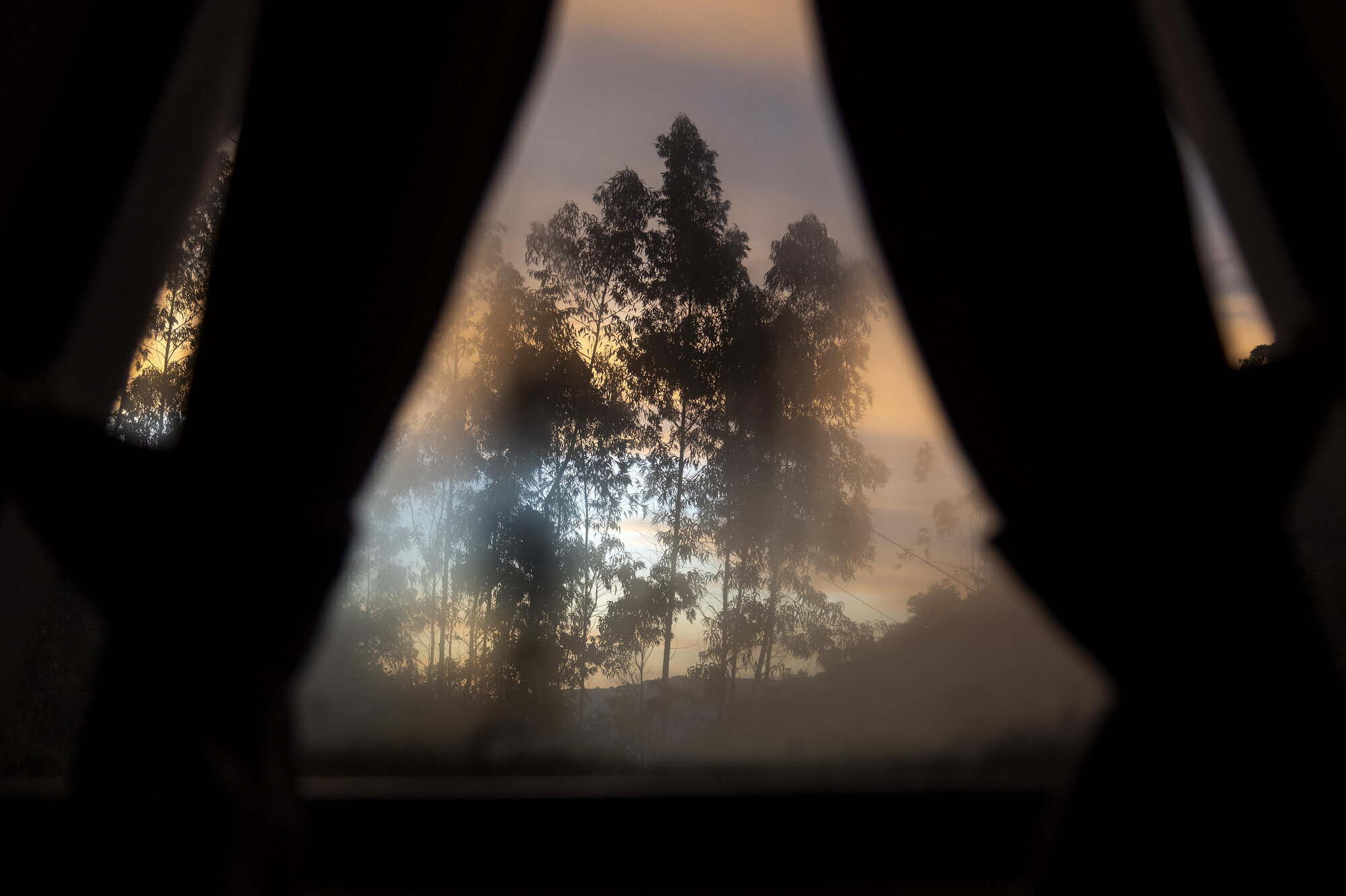
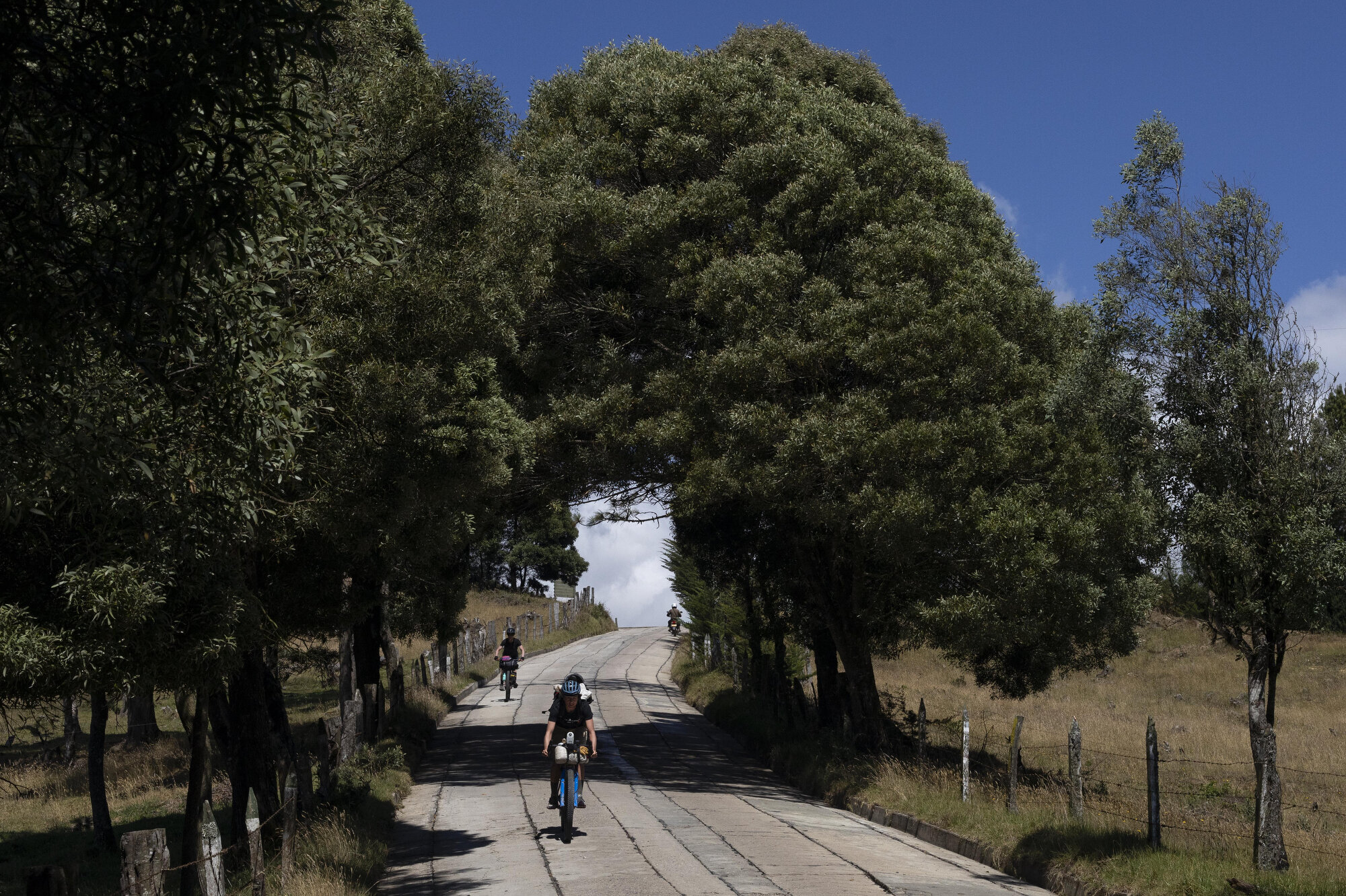
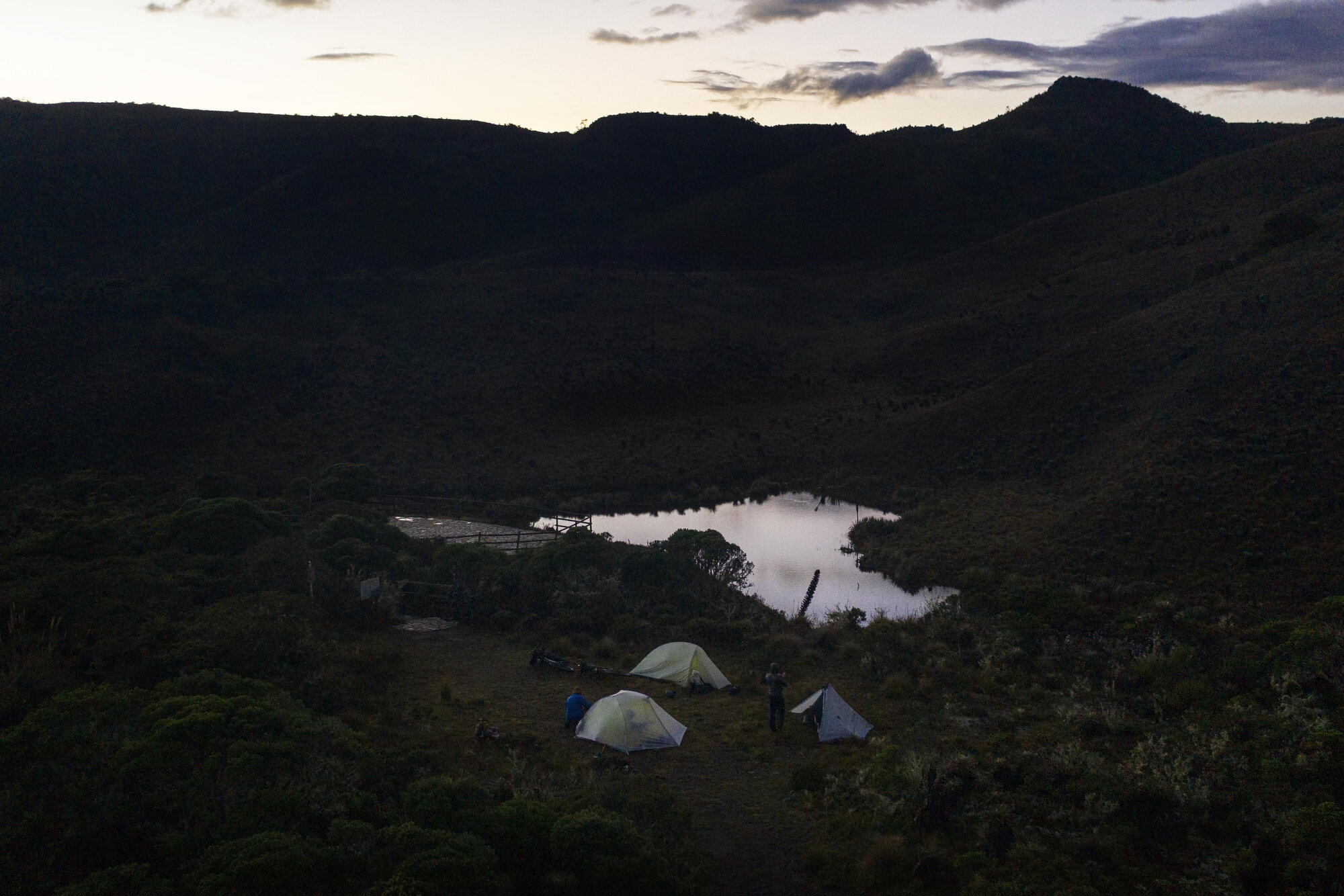
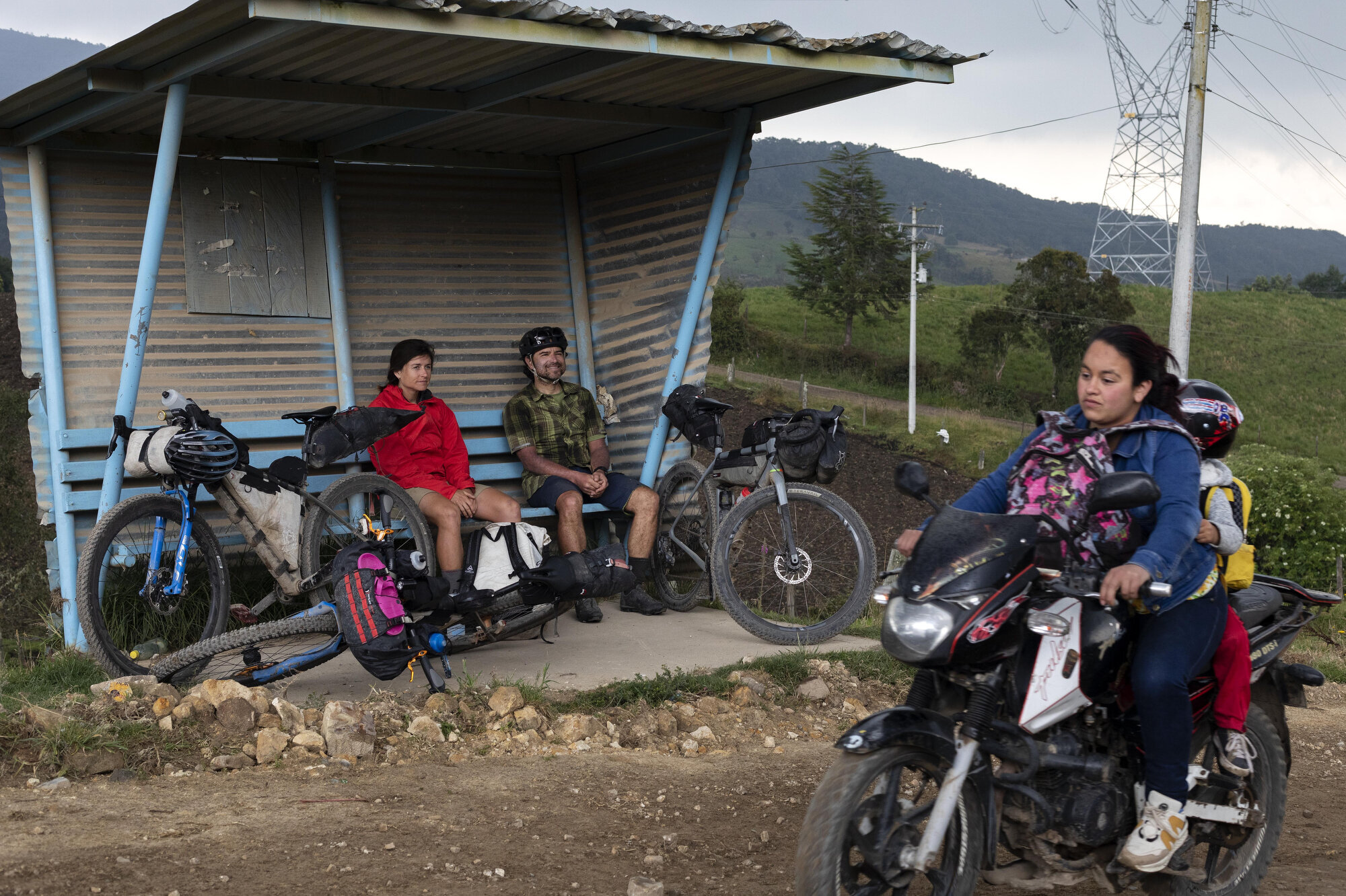
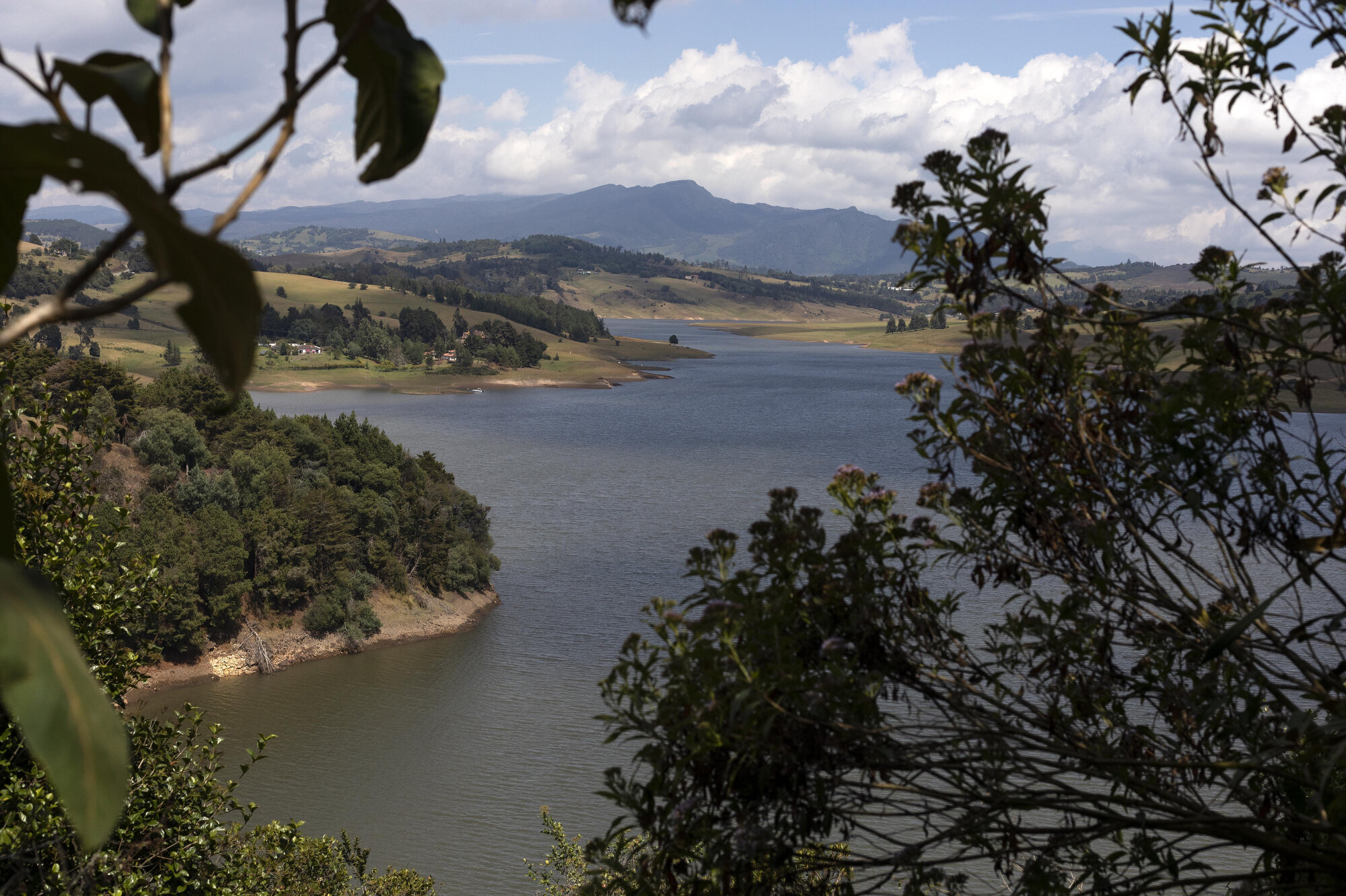
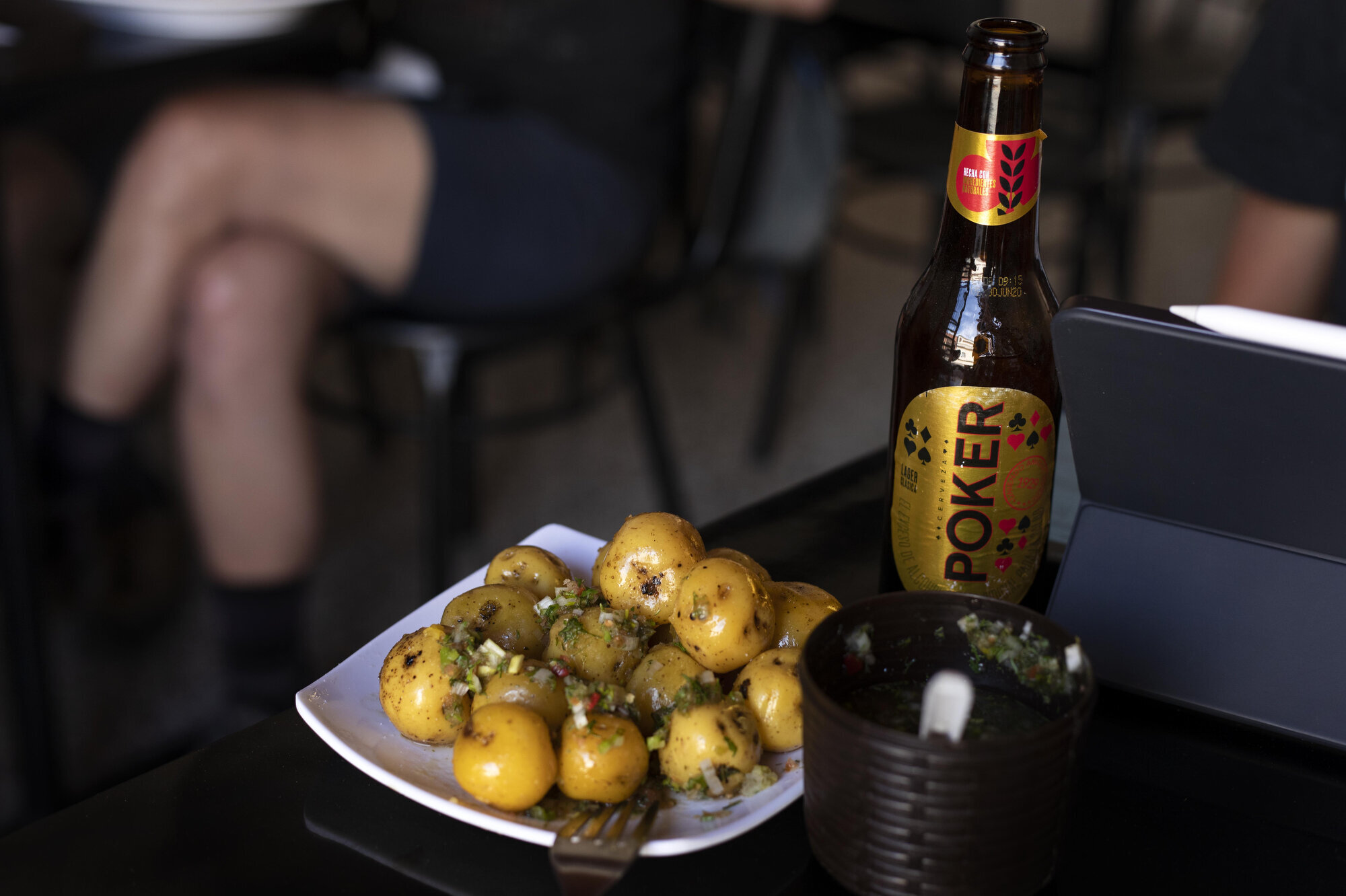
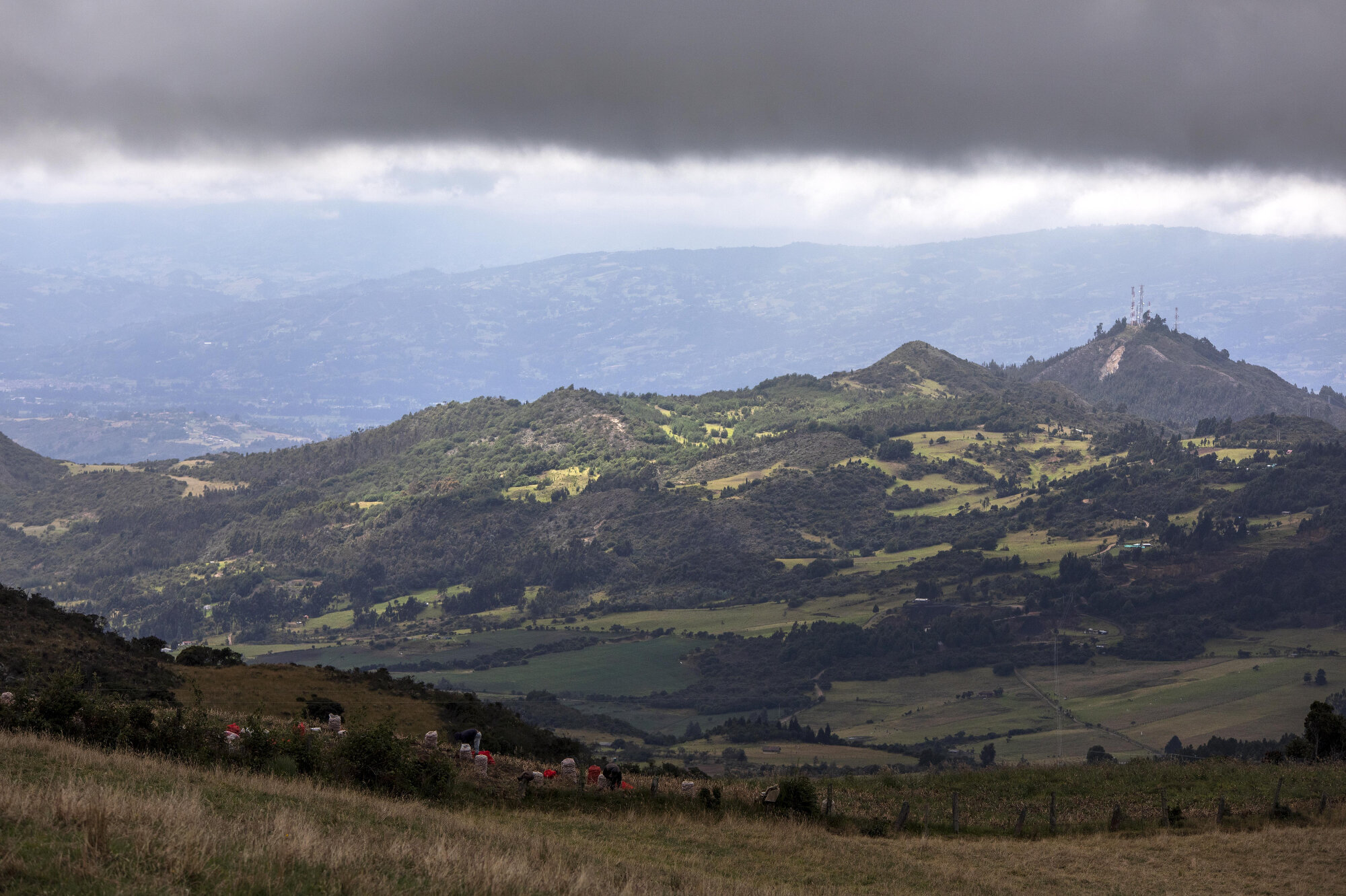
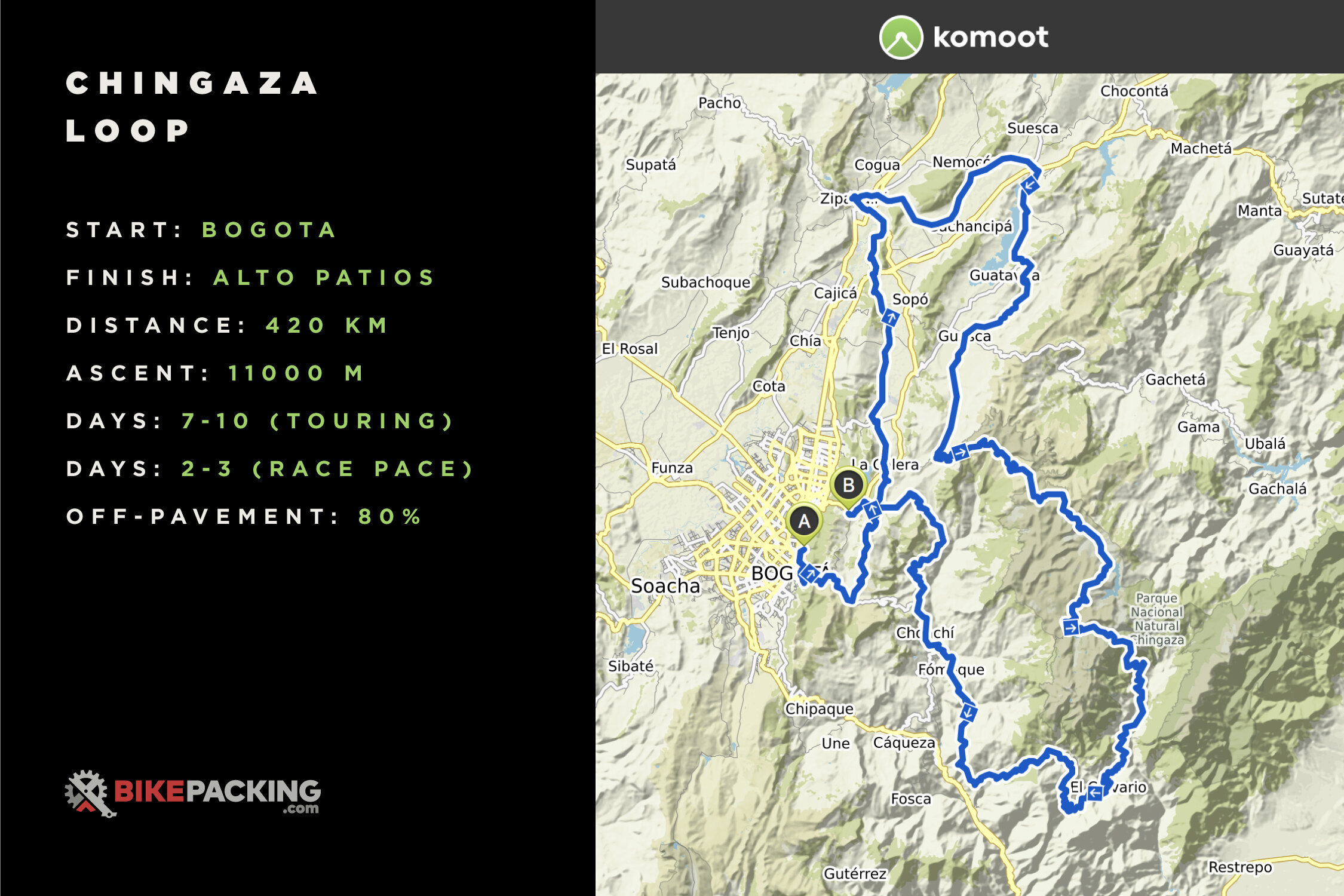
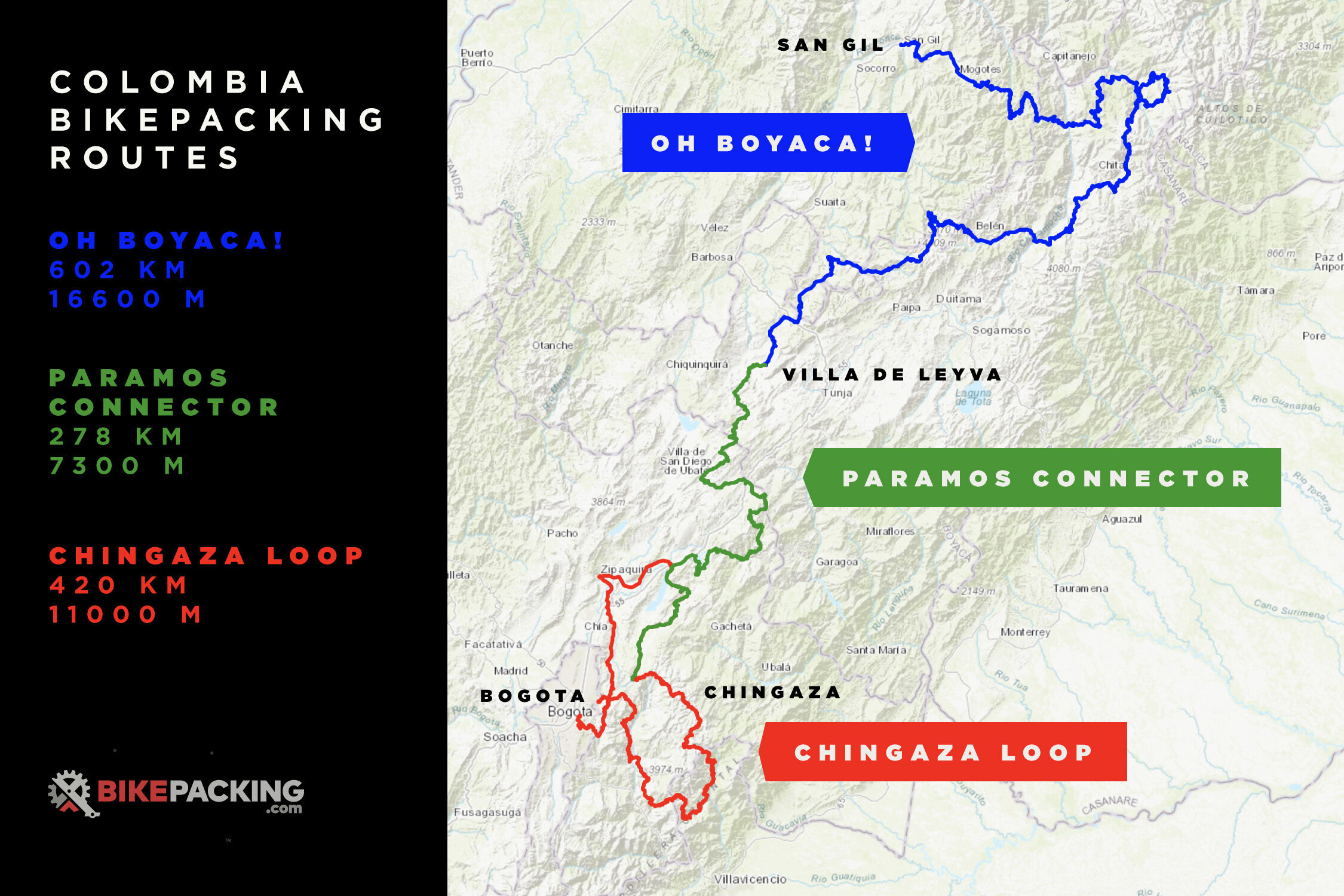

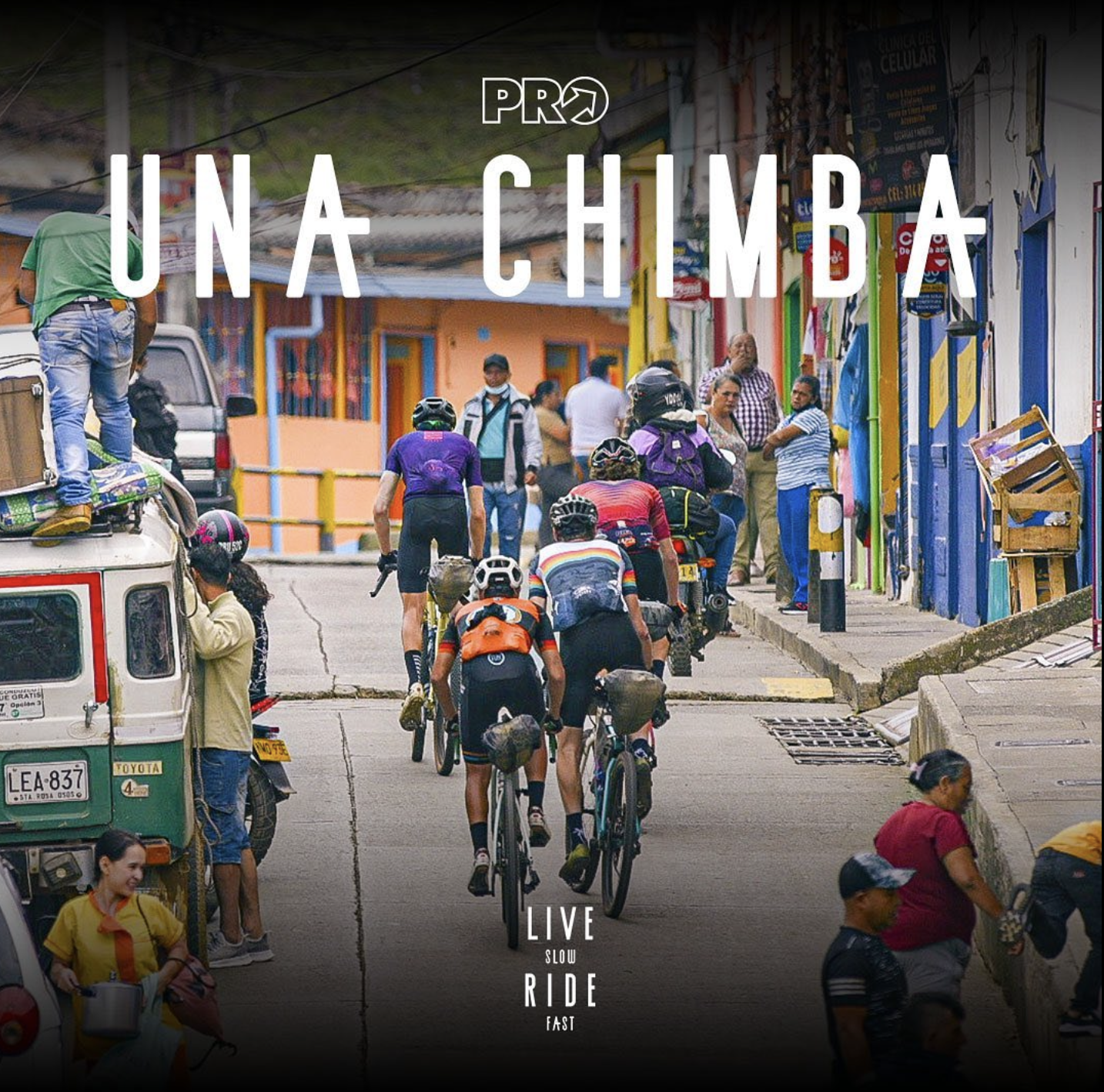





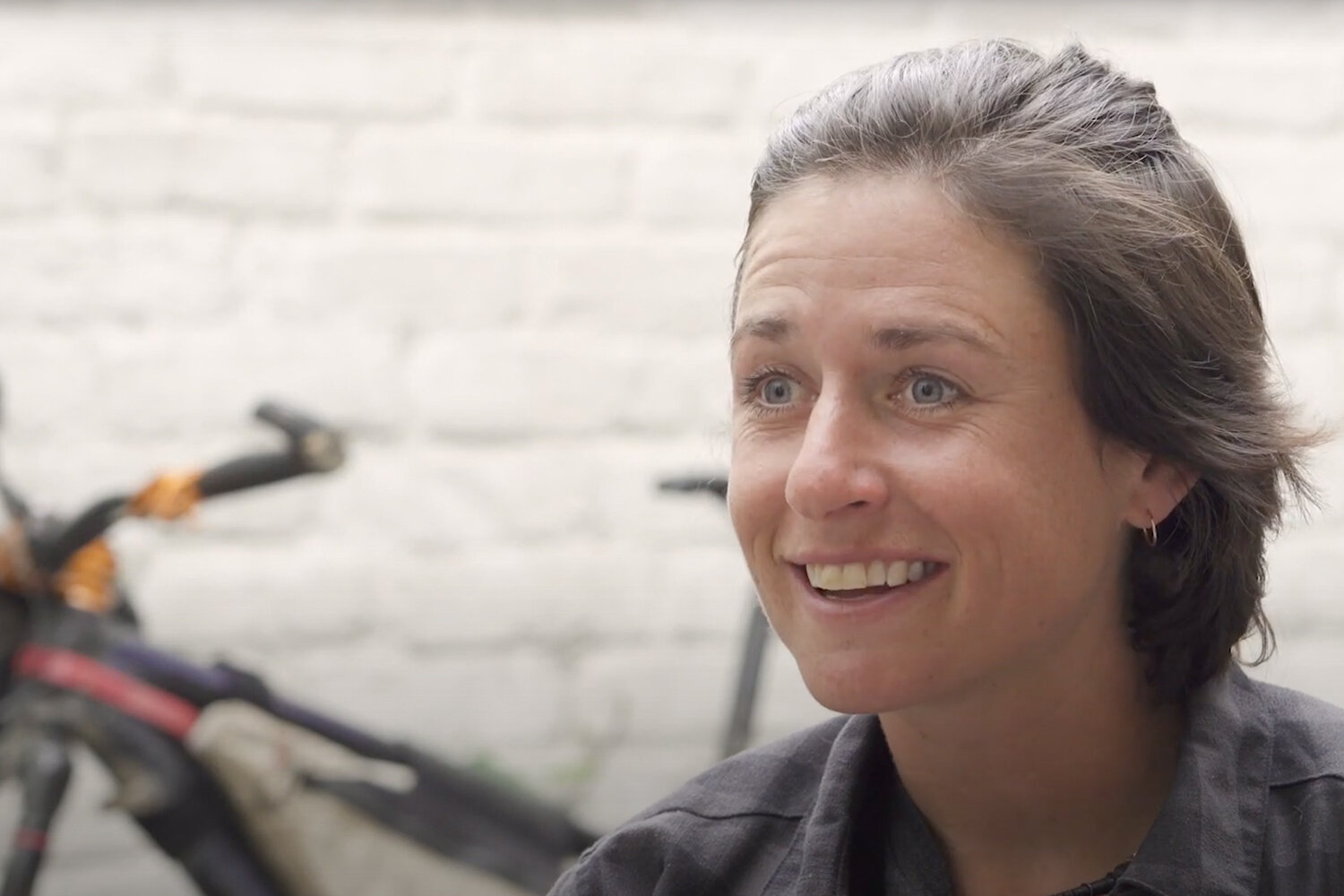

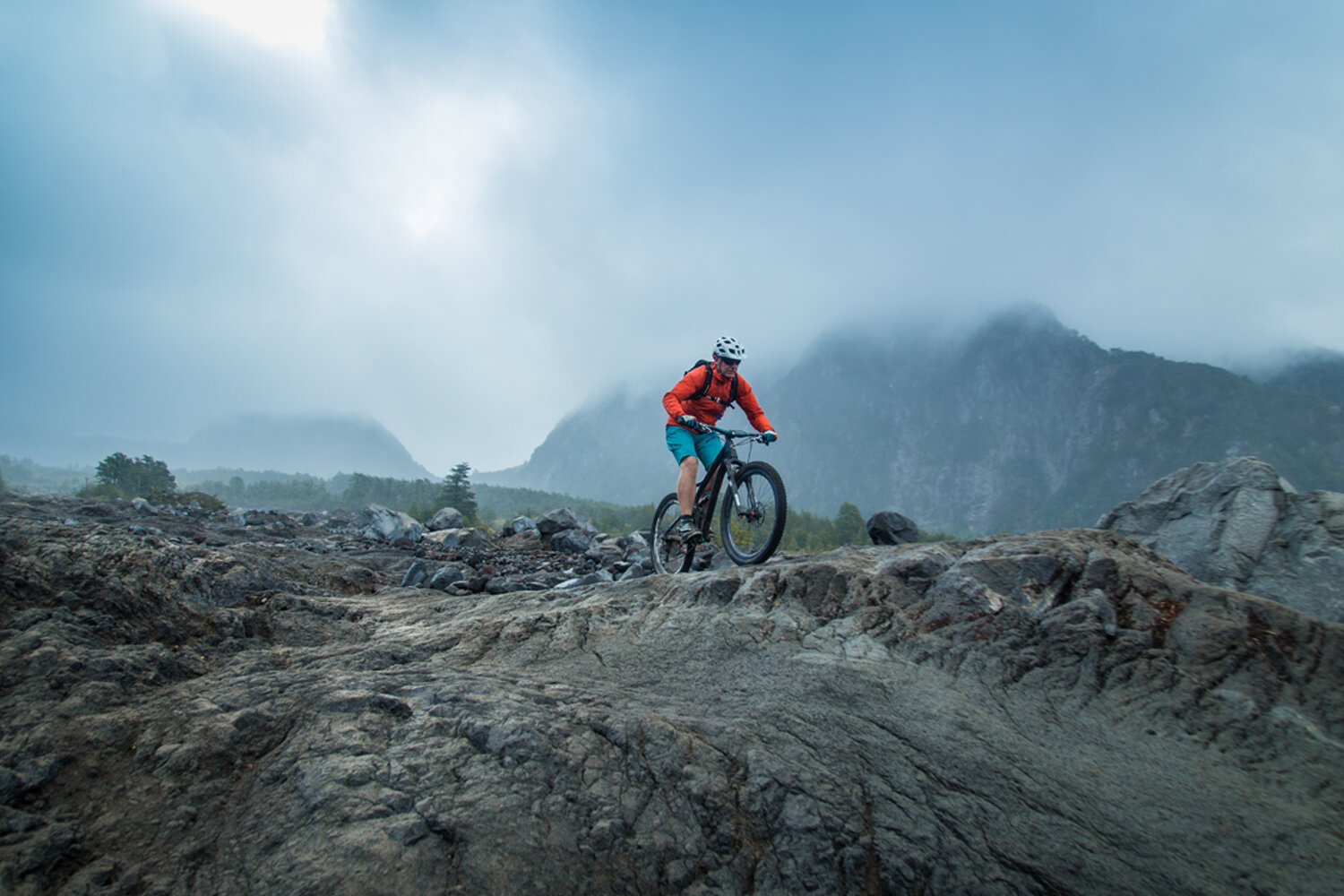



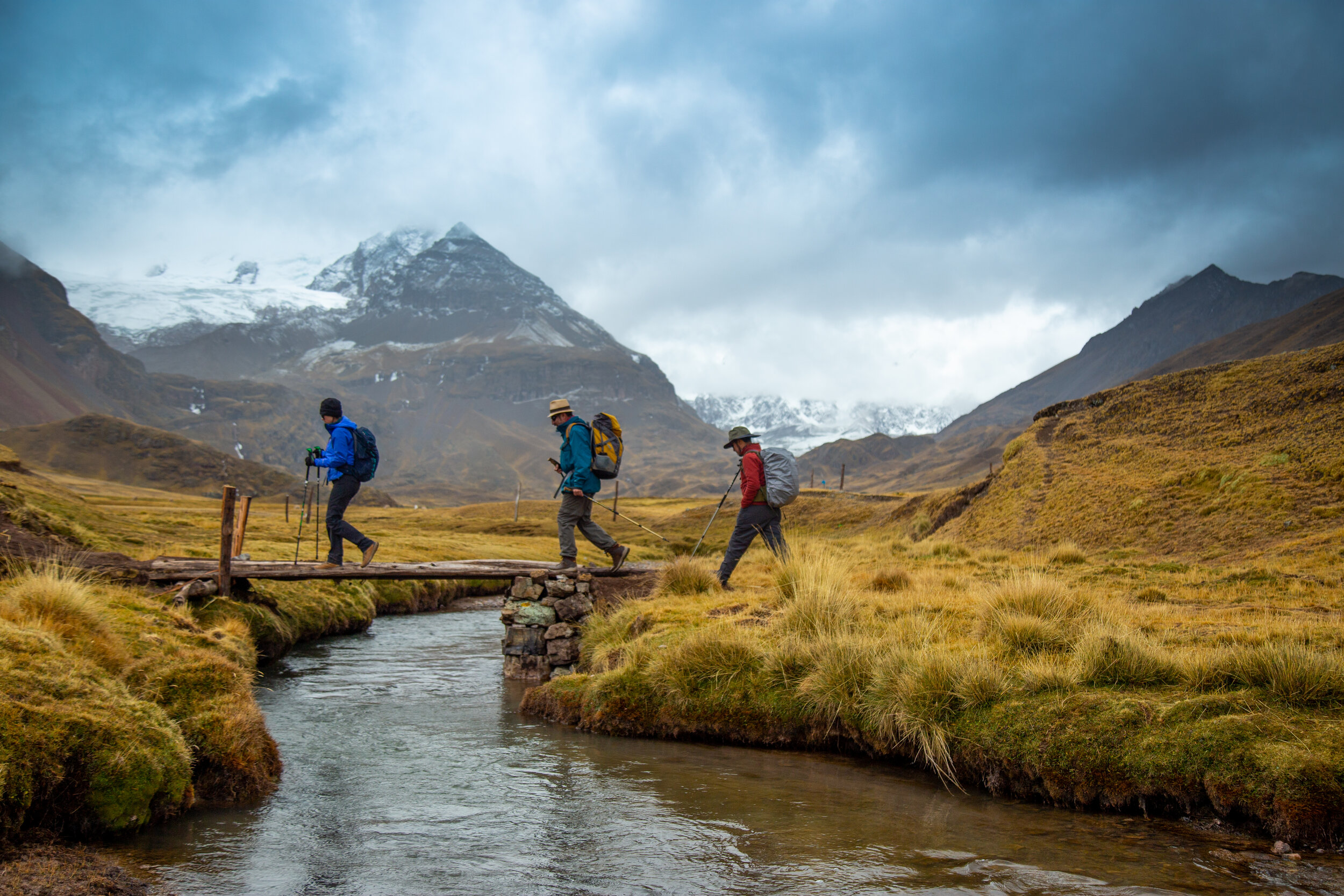

Let the bad go. Follow the good. A hallucinogenic mushroom trip in India.